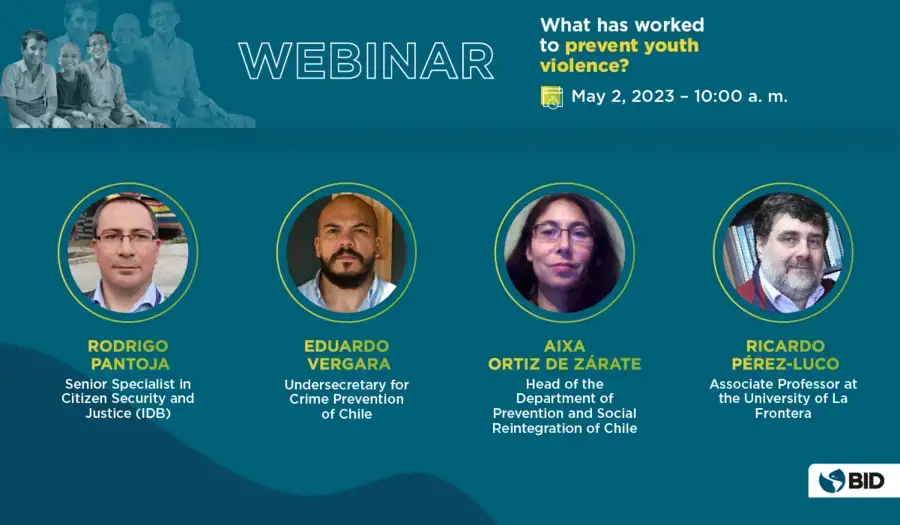Definition
.Category that brings together a set of initiatives, practices or types of interventions that share the same strategic focus ("what" they intend to do and/or problems they intend to solve or mitigate) and the same forms of action and approach ("how" they intend to address problems and advance their purposes).
335
Evaluated cases
Definition
These are examples of practical application of each type of solution included in the platform. They correspond, in general, to specific initiatives or programs through which a set of activities are implemented, developed and executed in an articulated manner, seeking to mobilize a set of resources (physical, human, financial or technological) in favor of the realization of a common objective and purpose and the achievement of a set of clearly identified and specified results.
50
Effective cases
Definition
.The classification of a case as "effective" means that there is consistent and robust evidence (i.e., assessed by research using Maryland Scale Level 5 methodology) that the implementation of the program/initiative contemplated in that case generated a positive impact on the intended and evaluated outcome variables ("outcomes").
Activate the filters and/or select one of the solution types below to view details of existing evidence and examine practical application cases.
Parenting Programs to Prevent Domestic Violence
Effective
.
.
.
.
.
Have been effective to reduce antisocial behavior and delinquency in youth. Can reduce intimate partner violence if they include discussions on transforming gender norms and relationships, and when interventions are structured for the long term.
Child Maltreatment Prevention Programs
Effective
.
.
.
.
.
Have been effective to reduce child abuse and neglect, as well as to reduce the incidence of problematic and/or risky behaviors.
Extension of School Opening Hours
No Effect
.
.
.
.
.
Has generated positive impacts on social and emotional development, as well as on the improvement of some educational indicators. However, it has not worked to reduce delinquency and drug use, nor to improve school attendance.
School Dropout Prevention
Promising
.
.
.
.
.
Has reduced dropout rates, absenteeism, and suspension/expulsion from school, improved school performance, and increased completion rates.
Bullying Prevention
Promising
.
.
.
.
.
Has been effective to reduce bullying perpetration and victimization, and has increased bystander intervention in bullying situations.
School Violence Prevention
Promising
.
.
.
.
.
Has had positive effects in terms of reducing aggressive, disruptive, and risky behavior among children and adolescents.
Prevention and Treatment of Alcohol and Drug Abuse
Mixed Evidence
.
.
.
.
.
The level of effectiveness varies according to the modality and approach adopted, and depending on the type of psychoactive substance targeted. Environmental factors can also influence and mediate the potential impact of interventions.
Youth Awareness Programs Through Prison Visits
Negative Effect
.
.
.
.
.
Programs delivered based on confrontational approaches have increased the likelihood of delinquent behaviors among young people who have participated in them.
Juvenile Curfew
No Effect
.
.
.
.
.
Has not been effective to affect juvenile delinquent behavior.
Some types of solutions were not included in the Evidence Bank due to the absence of systematic reviews and meta-analyses that have evaluated them, or due to weaknesses identified in existing evaluations. Click here to see the list of types identified but not included in the Evidence Bank.
Search for types of solutions or evaluated cases
Enter keywords and use the filters to find the most relevant evidence for your area of expertise/interest
Community of Practice
Connect with sectoral leaders, participate in initiatives and discussions, and access news, techniques and tools relevant to evidence-based policymaking.


